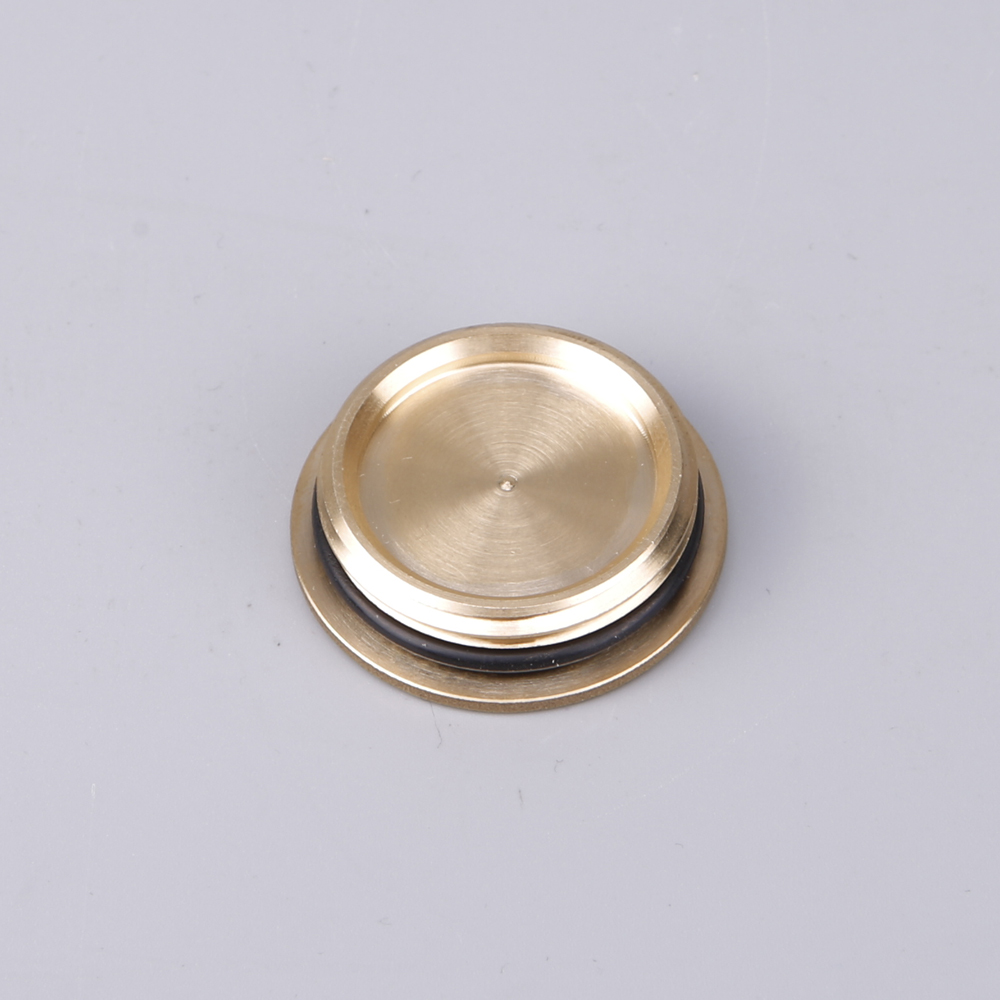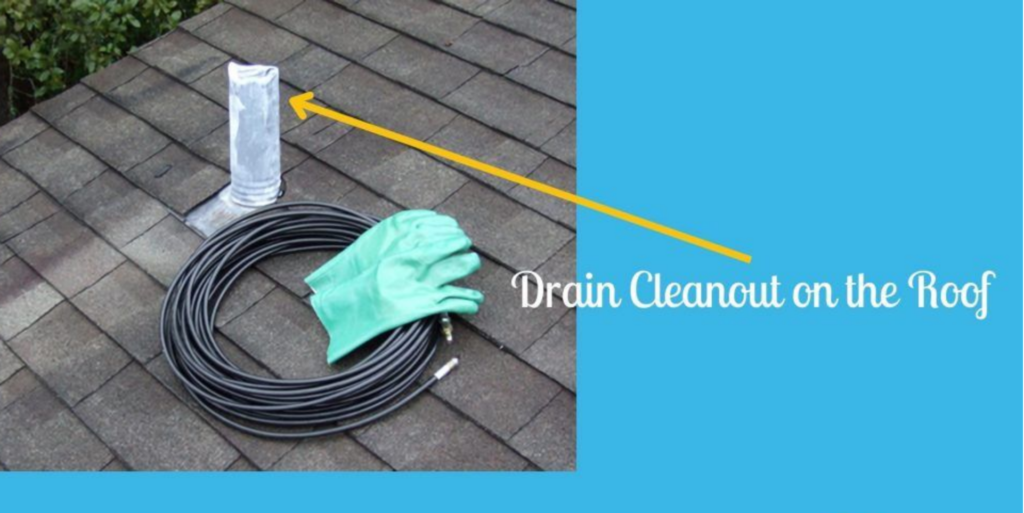A drain cleanout is integral to our waste disposal and plumbing system. The position of the drain cleanout should be known to every homeowner. The homeowners should ensure that their renters also know of it.
The drain cleanout permits you access to your main sewer line. Yet, it presents your home’s inner, outer, front, or back yard. It is also called the main home trap when situated in the house. Or the sewer cleanout when it is set outer the home. The majority of cleanouts go unobserved until there Is an issue. They seem like capped pipes sticking up a few inches upper the ground.
A plumber applies a plumbing pipe-detecting camera to determine if any blockage is draining in your house. This may be vital if they are having an issue clearing the clog or if you have problems with your primary sewer drain. First, the plumbing has identified the kind of blockage and its position. After that, he chooses a suitable size blade to cut through it.

Why do you need a cleanout?
Tree roots, inadequate venting, and problems with the septic system can also be accounted for when an obstruction develops in a sewage line. Compacted waste material is the cause of these obstructions. Most compressed trash can be handled by a sewer drill, which is often a motorized device. But unlike a toilet or drill, you cannot put it into the sewage system via a lavatory or fitting drain. It’s vast and might break the pipe or ceramic. That’s why sewage cleanouts are necessary.
There are often many cleanouts on the main waste line, which joins the home’s sewage to the municipal sewer or septic tank. One or two are buried beneath the ground along the line, whereas the other is usually right outside the home. Cleanouts are rarely seen in the yard when sewer systems are buried below the frost line. In cold environments, you might find at least one cleanout in the crawl space or basement where it’s kept from frost.
Cleanouts are placed to provide accessibility to every part of the sewer line. An auger inserts into the fitting’s sweeping to reach an obstruction below the cleanout. When a clog is discovered above one cleanout, you must get it from a different cleanout since the drill cannot go ahead. This is the reason that the waste system contains many cleanout fittings.
How to Find the Drain Cleanout?
The drain cleanout is a tiny pipe that projects above the surface and is concealed. Unfortunately, locating it can be challenging. Several houses have many cleanouts, and the cleanout might even be within the home in a few rare situations. This complicates things further. You should quickly locate the cleanout if you follow these instructions.

Search Next to Your Base
Installing a drainage cleanout close to a road often proves difficult. Or the owner of the house chooses to build many sewer cleanouts. When you have a sewage system, drain cleanouts are situated close to the property. The capping will be between the sidewalk and the water system. The location where your apartment’s drain line enters the earth through the base. This is only located three feet from the bottom.
Check the Sidewalk
The intersection of your primary and the municipal sewer line is marked. Look for the letter “S” that is printed or stamped along the sidewalk and curb. If you locate this line, it should be simple to visualize a straight line leading from the mark to your home—the point where the lateral might occur. In rare situations, you can even be privileged enough to come across a cleanout close to where you were seeking.

Move Foliage, lawn decoration, and other hurdles
If the sewer cleanout is still not accessible, it can have been covered or concealed. Drain pipe clusters in complete or incomplete baths might serve as a clue. The drain cleanout is nearby the house, along a septic or main sewer line.
Increasing the search area as you need it. Begin moving any lawn ornaments that are blocking the yard beyond the lavatories. Remember that the cleanout may be hidden by plants or hidden in a lawn. To make the task accessible, you might need to trim the yard because excessive grass can also be a concern.
The sewer cleanout may be buried in the yard in certain cases. For instance, you will need to identify where the drainage line enters the house. Use a long screwdriver to probe approximately an inch into the earth in search of the pipe’s top. Even with a reasonable, informed opinion, this procedure is trial and error. So, consider employing a pro to find the sewer cleanout.
Determine the Drainage Line’s Direction.
The septic system will have the drain cleanout that is present near the house. It is located in line with a septic tank. Walk back from the tank to the home. Find the plastic pipe sticking up from the garden or lawn.
Similarly, a municipal wastewater system’s sewer cleanout will be near the house. Walking across the garden would help if you discovered the drain cleanout pipe. It is because the main drain line is not accessible, even though it should be in line with the city’s sewer system.
The black or white pipe has a fitted plug with a square nut. Yet, this may be marked with the letters S, C.O., or cleanout. However, a metal lid or a plastic cap will be placed over this plug. With this aim, find any objects that cover house 6, 4, or 3-inch pipes.
Look for a Y or T-shaped pip fitting within a plug or cap.
When the drain cleanout is installed inside the home, it is found on the main sewage line. It fixes before the main line links the base of your house. The drain cleanout will be in a Y or T-shaped pipe fitting. Yet, it has a threaded cap or plugs with a square nut. It may also have a plastic cap that covers this nut. Yet, the drain is only sometimes installed on the primary line. Some houses may have substitute access areas to the sewage system. So, you need to seek about to search for a white or black pipe with a square nut and threaded plug.
TAPP PLUMBING
What If We Do Not Have a Drain Cleanout?
Backups can be cleared without the use of drain cleanouts. It can be more challenging, though. Yet, the plumber can access the sewage pipe from the rooftop or the lavatory. Both of these choices are less effective than doing a cleanup.
Option 1: Remove the Toilet

You might have to remove the toilet if you do not have any cleanouts. This raises workers’ wages and increases the potential for toilet breakage. The blockage can then be cleared using a drain machine by the professional. The blockage may be more complex to remove because of the tiny pipes below the lavatory.
Messes can be cleared less effectively with them. Yet, you do not even realize what caused the obstruction. You can be dealing with outages or continuing issues. Are your tree’s roots spreading, or were little toys flushed? Plumbers can only offer warranties if cleanouts are used to solve the drain issue.
Option 2: Remove the Clog from your Rooftop

The sewer line cannot be accessed through the pipe. Yet the sewer line can be accessed from the rooftop. Yet, the camera and drain devices cannot remove the backlog as they cannot access the primary drain pipe. Additionally, it may be dangerous for plumbers, particularly in the winter and adverse weather. For a plumber, climbing onto the roof can be too unsafe.
How Much Does It Price to Install a New Drain Cleanout?
Regardless of PVC or galvanized installations, adding a more convenient drainage cleanout to an older drainage system is a good idea. With the highest cost saved for those who need extensive retrofitting and digging.
How does the location’s climate affect it?
The cleanout can be situated in various locations according to climate variability. In colder regions, standard residences often have sewer cleanouts within the building. Homes with concrete foundations in cooler areas might have an exterior drain cleanout. Yet, the cleanout may be situated in a bath, carport, or kitchenette. You may be required to look inside and outside if your house has a concrete base. External drain cleanouts are seen in the garden of homes in hot climates.
Advantages of using a drain cleanout
However, a sewer cleanout is necessary for some regions, but it is only sometimes required. Having a cleanout performed on your house has several advantages. Here are a few examples:
Repairs are Faster & Cheaper
A professional must remove your lavatory or ascend to your top to clear your sewer lines. Due to a sewage cleanout, they will have simple access to your sewer lateral. Your cost will be cheaper because you’ll save money and time.
Minimal Prices of Maintenance
This cleanout gives you immediate accessibility to your homeowner’s sewage main. A plumber can check each tap separately to ensure there are no obstructions.
Can I see the water in the sewer cleanout?
You certainly have a clogged drain if you notice any sewage or water around the exterior of that cap. A clogged sewage drain is indicated if you remove the lid and find surface water within the drain cleanout.
How Do I Open a Cleanout in a Sewer?
Finding your sewer cleanouts is simple, but opening them might be challenging. A threaded plastic cap with a molded nut in the middle is fitted on PVC cleanouts. Grab the middle nut and turn it clockwise, or “lefty-loosey,” with a pipe wrench or a pair of slip-joint pliers to release the cap. Try spray lubricant or WD-40 and wait a few minutes before starting again if the lid is difficult to remove.
Caution
After using lubricant, avoid applying heat. Spray lubricant has a high ignition risk.
Size of Cleanout and Clearance Distance

How to Unclog a Main Sewer Line?
Steps:
- Finding the area of your main drain cleanout in the initial step.
- Loosen the drain pipe cap (Cleanout Pipe)
- Take the cap off and let the buildup drain. Step aside swiftly once the drain cap has been removed.
- Place the snake inside the pipe.
- Use the tool until the blockage disappears.
- Clear out.
Check out our products.
